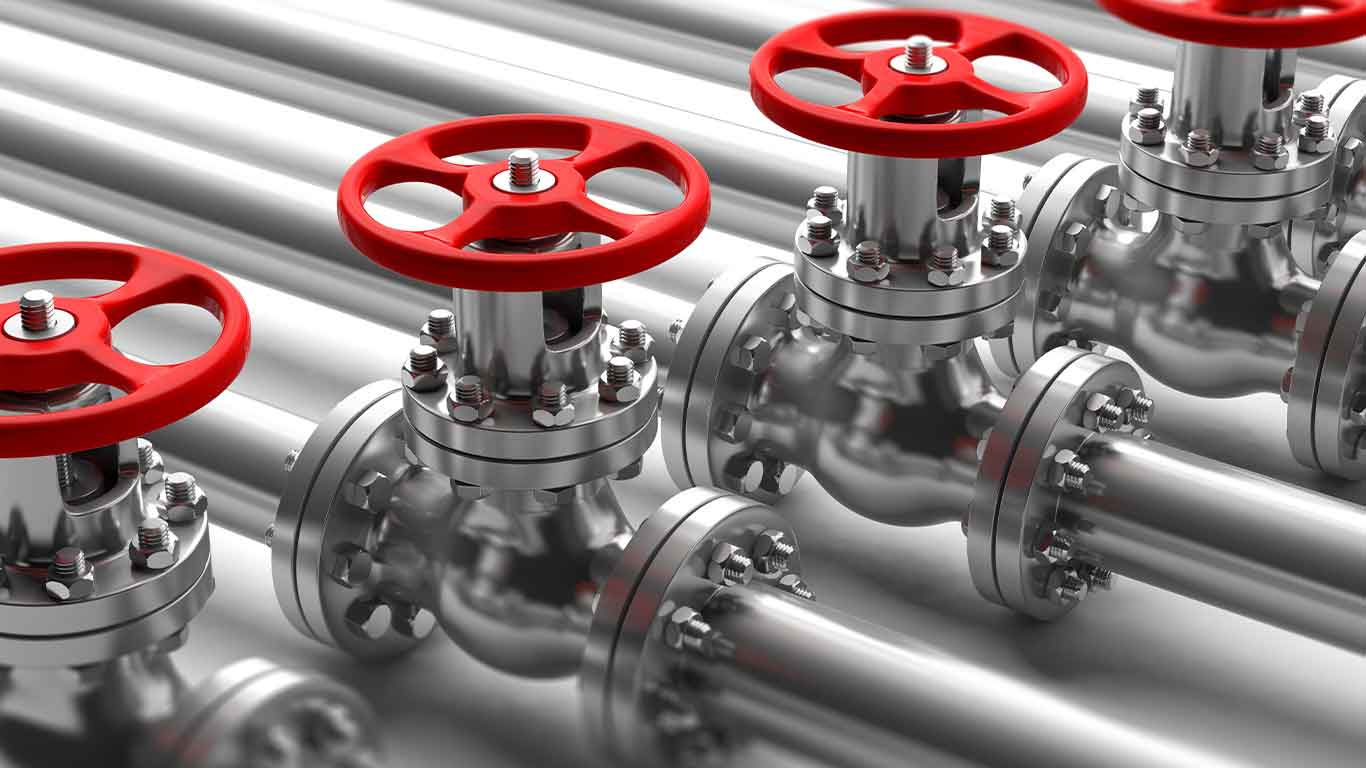Valves are more than mechanical components—they are the critical regulators of flow, pressure, isolation, and safety in nearly every segment of oil and gas operations. As process environments become more complex and expectations around reliability, emissions, and automation intensify, the humble valve is being transformed into a high-performance, digitally enabled asset. Today’s valve landscape is no longer just about size, pressure rating, or metallurgy. It’s about data, diagnostics, compliance, and lifecycle management.
In many plants, the reliability of a valve directly impacts uptime. A stuck control valve in a compressor loop can halt production. A leaking isolation valve can trigger environmental penalties. And an undetected valve failure in a safety-critical application can endanger lives. To reduce risk and maintain performance, operators are turning to smarter strategies—starting with better material selection, more robust sealing technologies, and predictive maintenance approaches powered by sensor data and condition monitoring.
Material selection has taken on a heightened level of importance as facilities push further into corrosive environments, such as sour gas fields or offshore platforms. Valve manufacturers are responding with corrosion-resistant alloys, exotic metal coatings, and trim enhancements that extend life in aggressive service conditions. However, selecting the right material is no longer solely a procurement task—it now requires collaboration between maintenance, engineering, and safety teams, especially when dealing with fugitive emissions compliance or hydrogen service applications.
Speaking of emissions, environmental regulations are driving changes in valve design and implementation. Low-emission packing, tight shutoff ratings, and certified leak detection are no longer optional—they are expectations. Valves with API 641 or ISO 15848 certification are increasingly specified, and many end users are demanding documented testing to verify performance. For plant operators, this adds a new dimension to valve selection—balancing emissions performance with cost, availability, and repairability.
Another major shift is the growing role of automation and digitalization. Smart actuators, positioners, and sensor-integrated valves now allow for real-time visibility into valve health and performance. These devices provide feedback on travel time, cycle count, temperature, pressure, and even early signs of wear—giving maintenance teams actionable insights before failure occurs. With these technologies in place, many facilities are adopting partial stroke testing (PST) for emergency shutdown valves, enabling safer validation of ESD systems without taking them offline.
From an asset management perspective, the focus is also expanding beyond individual valves to a system-level approach. Plants are implementing valve tagging standards, centralized asset registries, and integration with digital maintenance systems. By creating a “digital twin” of their valve infrastructure, companies can track usage history, monitor service intervals, and plan repairs or replacements with precision. This data-centric strategy is proving essential for plants aiming to extend asset life while minimizing costly downtime.
Training and workforce development are also critical. As valve technology becomes more complex—especially with the influx of smart components and software-driven diagnostics—there’s a growing need to equip technicians with the knowledge to troubleshoot, configure, and maintain these devices effectively. Cross-disciplinary understanding between mechanical, electrical, and control system teams is no longer a luxury but a necessity. Hands-on training, simulation-based courses, and vendor-led workshops (like those offered at Valve World Americas Expo) are vital to closing the skills gap.
Looking forward, the industry is also grappling with how valves will adapt to alternative fuels, hydrogen, and carbon capture systems. Valves used in these applications must not only handle new chemistries and temperature extremes but also operate under tighter integrity requirements. Material science, sealing technology, and precision manufacturing will all play a role in shaping the next generation of valves.
In summary, valves sit at the intersection of mechanics, automation, and environmental responsibility. As industry challenges grow more complex, so too must our approach to valve specification, monitoring, and lifecycle management. At IVAC, we’re committed to delivering the insights, best practices, and product innovations that help engineers, technicians, and procurement teams make informed decisions—keeping flow under control and performance on point.

